
Origine de la photo :
Commentaires
Choisissez un autre sérum C
@InesSun vous conseillez quelle marque abordable pour le même produit svp?
La liste inci vient d'un produit des usa ? Phenoxyethanol en 4e 🤔 curieux..
Ah oui! Kylie Jenner...
Bien oui ce sont les 5 premiers ingrédients les plus concentrés, considérés comme substances actives.
Bien dommage et pas qualitatif
@Nanas98 La liste INCI est correct. Un sérum ne nécessite pas beaucoup d'ingrédient, un solvant, un émolient, un actif et un conservateur suffisent. On peut compléter cela avec des agents texturisant et des parfums qui vont améliorer la sensorialité du produit.
@Julien_1101 Son placement dans la liste indique une (très) forte concentration, non autorisée en UE, d'où mon questionnement, aux usa il n'y a pas les mêmes normes, lorsque le produit se vend en UE ils revoient leur composition généralement
@Nanas98 Aux US, le taux maximum de phenoxyéthanol autorisé est de 1%. Ce la signifie que tous ce qui est en-dessous de cet ingrédient est dosé à moins de 1%. Les ingrédients dans la liste INCI sont classés dans l'ordre croissant, cela ne signifie pas qu'ils sont présents en grande quantité. Ca ne m'étonnerait même pas que ce produit contienne moins de 5% de vitamine C (tetrahexyldecyl ascorbate).
@Julien_1101 une source de cette donné aux usa ? Je l'aurais loupé.
Aux dernières infos que j'ai aux usa ils ne sont pas dans l'obligation d'afficher les ingrédients inférieur à 1% dans leur produit .... Or on voit toujours le phenoxyethanol affiché assez haut, donc il est forcément a plus de 1% si affiché .
Là clairement il y a plus de phenoxyethanol que d'HV vraiment très surprenant tout ça .. cette liste inci fait peur
@nanas98
oui c’est juste aux US ils ne sont pas obligés d’indiquer ce qui est à moins de 1%.
Et s’ils l’indiquent ils peuvent le mettre dans l’ordre qu’ils veulent, sans respecter un ordre de concentration
C’est la répétition de l’usage du phenoxyethanol qui est problématique d’après moi.
« The Material Safety Data Sheet (MSDS) on phenoxyethanol states that it can cause skin and lung irritation. It's also toxic to the kidneys, nervous system, and liver, AND REPEATED, long-term exposure can cause organ damage.
It notes that toxic effects can occur through inhalation, skin exposure, and ingestion.
The toxicity effects listed in the MSDS are based on exposure to the preservative when it's undiluted, and scientists agree that in high doses phenoxyethanol is toxic.
A study in the International Journal of Toxicology claims that the low percentage of phenoxyethanol used in cosmetic products (generally 2% or below) is safe and non-toxic. However, the European Commission on cosmetic ingredients stipulates that phenoxyethanol IS TOXIC when applied TO THE LIPS or around the mouth, which is concerning.
In addition, the FDA placed a warning to nursing mothers about using a brand of nipple cream that contained phenoxyethanol, stating that it could cause vomiting, diarrhea, dehydration, and central nervous system problems in infants. (!)
More research needs to be conducted about the long-term effects of using beauty products containing phenoxyethanol.
In the meantime, due to the European Commission and the FDA's concerns about ORAL exposure to phenoxyethanol, it is reasonable for you to be skeptical about its safety. It's especially concerning when you consider that most beauty products you may use that contain phenoxyethanol are often applied to the lips or around the mouth.
Some of the names will be easy to spot because they'll appear similar, such as 2-hydroxyethyl phenyl ether and 2-phenoxy-ethanol. Other names, however, could be a bit trickier to spot, such as ROSE ETHER.
To make matters more confusing, some manufacturers DON’T EVEN disclose the preservative on their product labels.
Phenoxyethanol can also be used as a fragrance, and in some cases, manufacturers simply LIST IT AS "fragrance" on the product label. So, if a label states it contains "fragrance" but does not specify what kind, be aware that it may be phenoxyethanol. (...)
Rose K., Wellness Today, 10.02.2014
@Nanas98 J'ai simplement cherché "phenoxyéthanol concentration US" sur Google, et je suis tombé sur ce document : https://...).
Sinon, il est courant que les actifs se situent en-dessous du phenoxyéthanol, de plus en plus de marques font ça. Ce sérum est aqueux et non huileux, donc ce n'est pas très étonnant.
@Julien_1101
Oui cette étude confirme notamment
« The results of an unpublished study (Vincent CM and Marty JP (2002), as cited by the SCCS showed that in vitro dermal absorption of phenoxyethanol in humans was High And Rapid, Regardless of its concentration in the formulation tested.
After 24 h of exposure, Very Small Amounts (<0.1%) Remained in the various layers of the skin ». (...)
« In conclusion, phenoxyethanol is almost Completely absorbed through skin (78% ± 7% for the leave‐on products) And Metabolized, either by the skin or by the liver, into its major metabolite 2‐phenoxyacetic acid.
This metabolite is primarily Found in human Urine.
The Systemic availability of phenoxyethanol, and its metabolite, cannot be determined in humans from the data that are currently available.”
Enfin bref, le phenoxyethanol n’est pas inoffensif ça c’est certain, mais il reste à déterminer exactement l’incidence de la répétition de l’usage et du cumul ainsi que l’interaction avec d’autres substances. Et le financement de la recherche médicale fait qu’à mon avis on n’est pas encore près de savoir le verdict final.
@InesSun que me conseillé vous comme sérum j’ai 54 ans !! Peau normale
@chris30 protection solaire spf 50 tous les jours (l’a-t-on), sérum retinol le soir (attention, à utiliser correctement, cad augmenter progressivement la fréquence si vous êtes débutante) et le matin: acide hyaluronique, sérum vitamine C et crème solaire
@cocoval merci
je l’ai utilisé une fois et je pense que ça sera la dernière fois 🤣
Composition
AMMONIUM ACRYLOYLDIMETHYLTAURATE/VP COPOLYMER, *******, CARBOMER, CARTHAMUS TINCTORIUS (SAFFLOWER) SEED OIL, DIPALMITOYL HYDROXYPROLINE, *******, FERULIC ACID, GLYCERIN, *******, PHENOXYETHANOL, POLYSORBATE 20, SODIUM HYDROXIDE, *******, TETRAHEXYLDECYL ASCORBATE, TETRASODIUM GLUTAMATE DIACETATE, TOCOPHERYL ACETATE, WATER/AQUA/EAU (*).
(*) Les ingrédients sont affichés dans l'ordre alphabétique et certains ont été masqués volontairement (*******), pour obtenir la composition exacte, veuillez utiliser nos applications.
Produits alternatifs

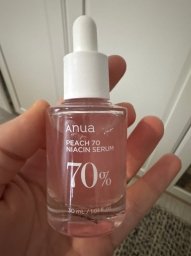
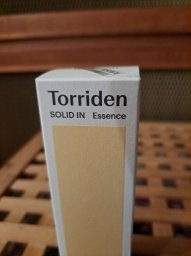
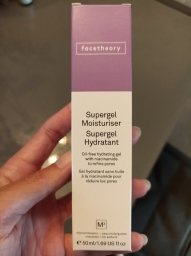




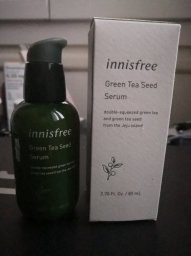
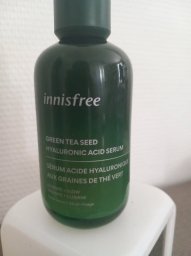
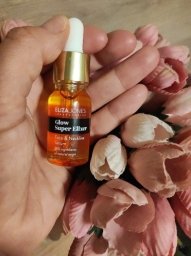
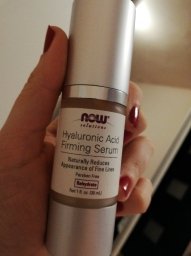
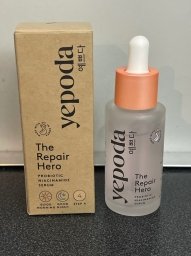

Des avis svp ?